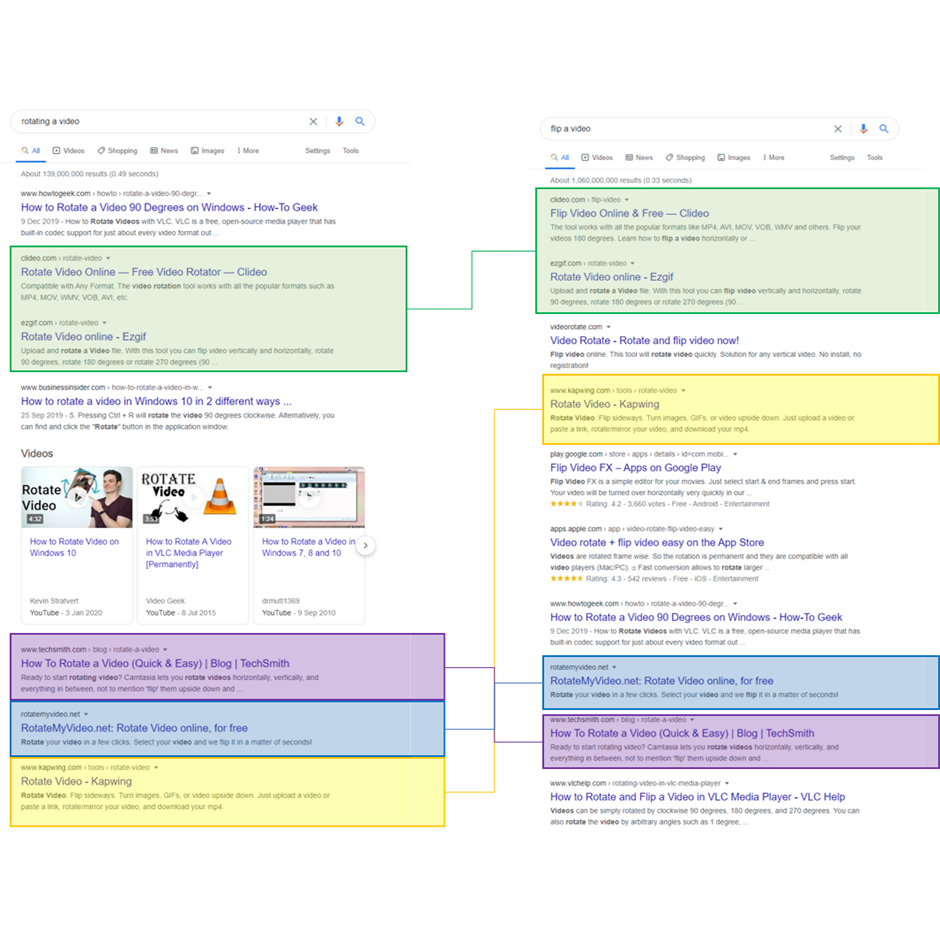Your current content can play a pivotal role in your future strategy. Find out whether your content is working for you by performing a content audit.
A new content strategy can supercharge your site performance. However, before you get started on crafting your new action plan, you should consider whether your current content is performing as well as it could be.
Content auditing is an essential step for helping you to take stock of your offering and can help you decide which direction to take your content creation in the future.
What is content auditing?
Content auditing is a process where we perform a deep dive analysis on all our existing website content to see how it’s performing. This process analyses every single page, from the homepage through to blog and product pages. The aim is to identify where the page is ranking, whether it’s achieving what you want it to achieve (such as, converting or ranking for a specific keyword) and whether we can improve it.
Depending on the aims and objectives for this audit, we can look at a range of criteria, from SERP performance and traffic to on-page conversions and even heatmaps. Ultimately, the findings help us to adapt future content strategy to suit the needs of the business.
What to consider?
The criteria that we use to judge the performance of our content will depend on the purpose of the content audit, and what we want to achieve as a result. Some of those criteria will be quantitative in nature whilst some will be more qualitative, using our own experience and expertise to make judgements on our content. However, there are some typical points that will feature in most content audits:
- SEO best practice. What keywords are you targeting? Are they relevant? Is the meta data and meta description a suitable length, and unique?
- Is the page layout confusing? Is it well-designed?
- On-page content. How does it read? Are there spelling errors? Is there too much or too little copy?
- Do your internal and external links to other web pages still work?
- What are competitors doing better or worse on a similar page?
Delivering content for customer needs
Beyond the performance of individual pages, a full analysis of a website’s content can throw up some interesting titbits of info regarding how customers and search engines interact with the pages on your site. We might find that an audit helps you to identify:
- Gaps in your content roster. Is content around a particular product absent from your site? Is there a missing step in your blog user journey?
- Duplicate content. Are some pages the same?
- Are some pages targeting the same keywords and so competing against each other for traffic and search rankings, delivering a sub-optimal user experience as a result?
- Content bloat. Are some pages performing the same function? Could we cut or combine some to slim down your site?
Filling the gaps
When auditing content, really consider whether the page in question is giving the customer what they need. Consider whether the page has all the required information. Think about whether it follows a logical and natural customer journey, or whether this particular step seems out-of-place – does it come too early, too late or even too heavy-handed?
An audit can help website owners to pick out gaps in their current content roster. This way, they can see what fresh content needs to be created, or where previous pages can be amended and adapted to fill the void.
We use the Stickyeyes Content Optimisation Tool, or SCOT, to help us find these gaps in our onsite content. This digital tool provides a content relevancy score, a benchmark number given to a page based on its performance or aptitude in several key areas, showing us whether a page is optimised, under-optimised or over-optimised for a given keyword search term. Using these insights, we can identify the specifics of a page’s relevancy and make a decision on whether to optimise, replace or consolidate.
This analysis might reveal that information on a particular product set is lacking, or even non-existent. It could also show us that there are limited case studies on your website available for download. This can be particularly useful if your site comprises hundreds of pages, with regular uploads, as it’ll give you full view of the current makeup of your content strategy.
Armed with these findings, we can begin to formulate your future content plans based on the gaps you’ve identified. Start off by considering what new pages you’ll need to create. Then, consider whether there’re any current pages that are serving a similar purpose. Are they hitting the customer need, or are they just examples of flat, dead content?
If it’s the latter, you might need to consider paring down your content offering.
Finding the gaps in coverage
External coverage, such as press releases, external site product reviews and backlinks can
One method that we use at Stickyeyes to do that is through two of our in-house tools, Vantage and Halcyon, which give us an objective view of what topics and user intents our content is good at serving, and which topics and intents our content is perhaps missing the mark on.
With Vantage, we can see how our brand is active in the topics and conversations that our audiences are active in. If we’re active in those conversations, talking about the things that our audiences care about, we are building authority and brand resonance. Vantage is especially useful for brands that are active in several different product or service areas, such as ecommerce brands, because it quickly allows us to see the types of conversation and topic where our brand is considered to be a relevant authority, as well as topic areas where the brand perhaps under-indexes – providing us with a clear, actionable insight.
With Halcyon, we can take this a step further by assessing how relevant our content is for different user intentions. What we often see with branded content is that it tends to focus heavily on topics and messaging that are highly commercial and transactional, missing out on the traffic opportunity that comes from more informational or functional terms.
This is particularly important for brands that work in products or services that have high levels of regulation, complexity or purchasing consideration, due to the important role that functional content plays over the course of the purchasing journey.

By using semantic clustering data, it also means that we can ensure that our content is relevant for linked topics and terms, rather than requiring us to create content targeting various individual keywords that are all contextually linked.
Armed with these insights, we can make suggestions on a potential PR strategy, including producing content for external partners – such as review sites and related industry bloggers.
Ditching dead content
Audits can help us identify where content is working and where it isn’t, and clearly highly so-called “dead content” – content that might be out of date, content that simply doesn’t attract traffic, or content that lacks relevance to the audience. You should be asking: is this content outdated, defunct, or even lost in the overall customer journey arc? We could choose to remove, redirect or hide this content – or better, optimise and repurpose to give it new life.
Optimising your content bloat
Filling a site with stacks of content is not always the best approach. Sure, search engines often look favourably upon sites with a deep, rich content offering. But, that’s only if said offering is focused, useful, strong content.
A good content audit might shine a light on whether – and how – your site may have become “bloated” by content. Those pages that could easily be cut from your strategy without anyone really noticing their absence. Pages that perform poorly, that are unfocused or offer little can all be dropped for a more streamlined strategy.
In this instance, we might choose to remove this content, but even better, why not collate matching or similar pages and build new, bumper-sized content hubs? Serve your customers with a raft of useful info and cut down on those heavy, difficult-to-navigate websites.
What we don’t want is content competing for the same keywords or the same step in a customer journey. Internal page competition can end be damaging your own SEO strategy.
Curtailing page cannibalisation
An audit can help us to identify cannibalisation and keyword competition across your content set.
Our website is already competing against other businesses within our industry for the top positions in a search engine, so it’s not a good strategy to also have your pages competing against one another.
Pages that target the same keywords can end up cancelling each other out, drawing traffic away from the correct source, or even result in performance drops in a SERP.
This page cannibalisation can be rectified with the right strategic change. Collating, redirecting or optimising existing content to create a coherent and streamlined content set can reduce page competition.
The best course of action
Deciding whether to optimise, replace or consolidate content will depend on the needs of the business, the aim of our strategy and the results of our insights.
A content audit should figure as the first step in the creation of your new content strategy. Even if it’s not high-time you refreshed your overall plan, even a basic audit could breathe new life into well-trodden and underperforming content on your site.


